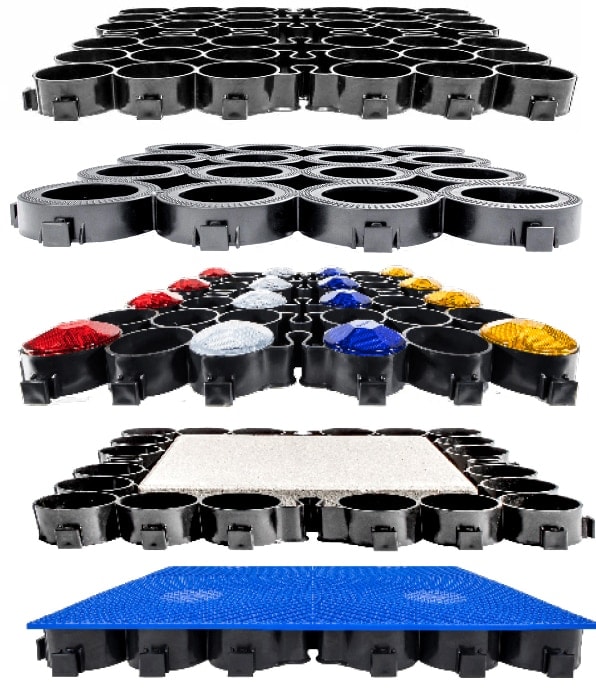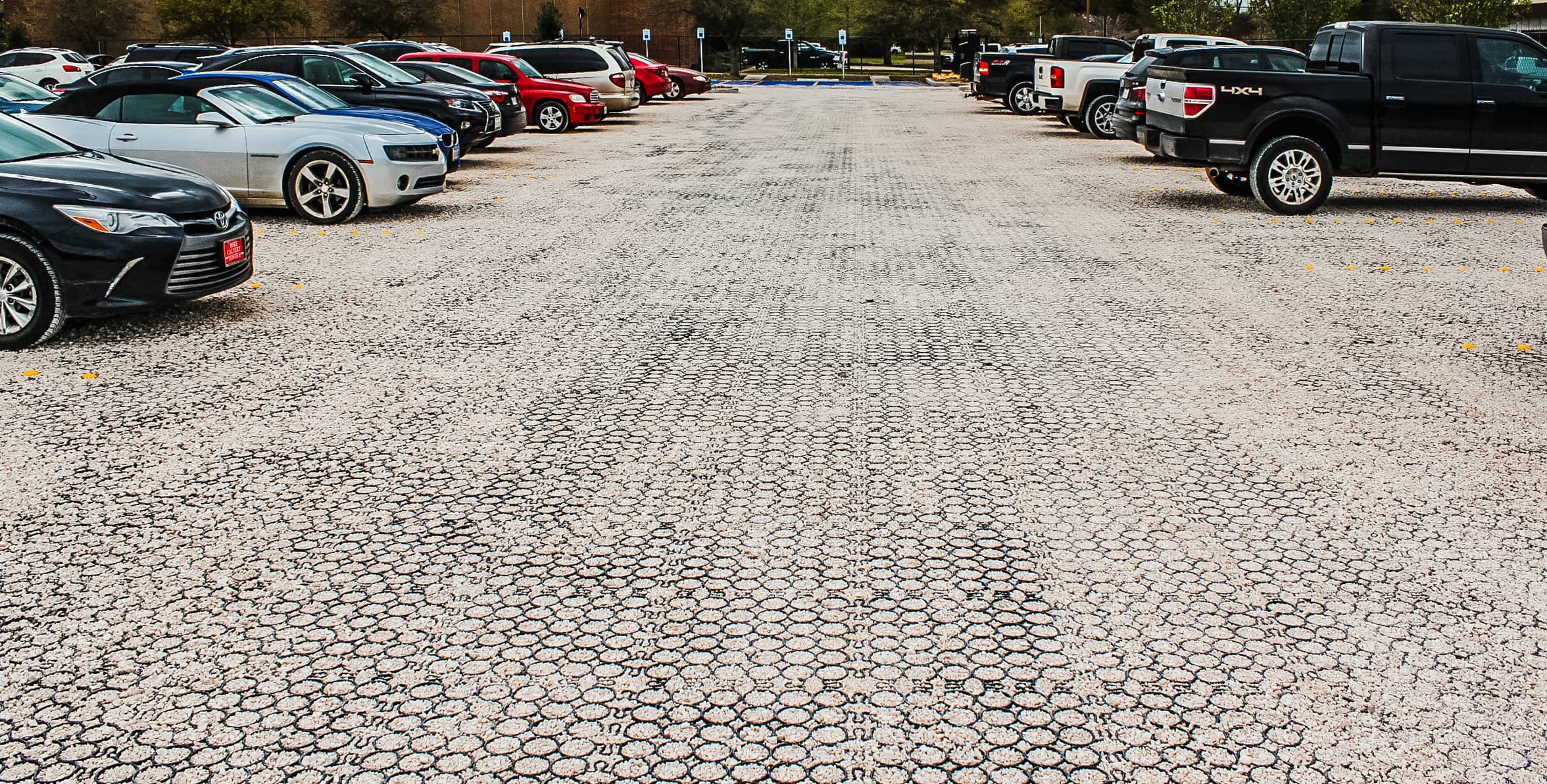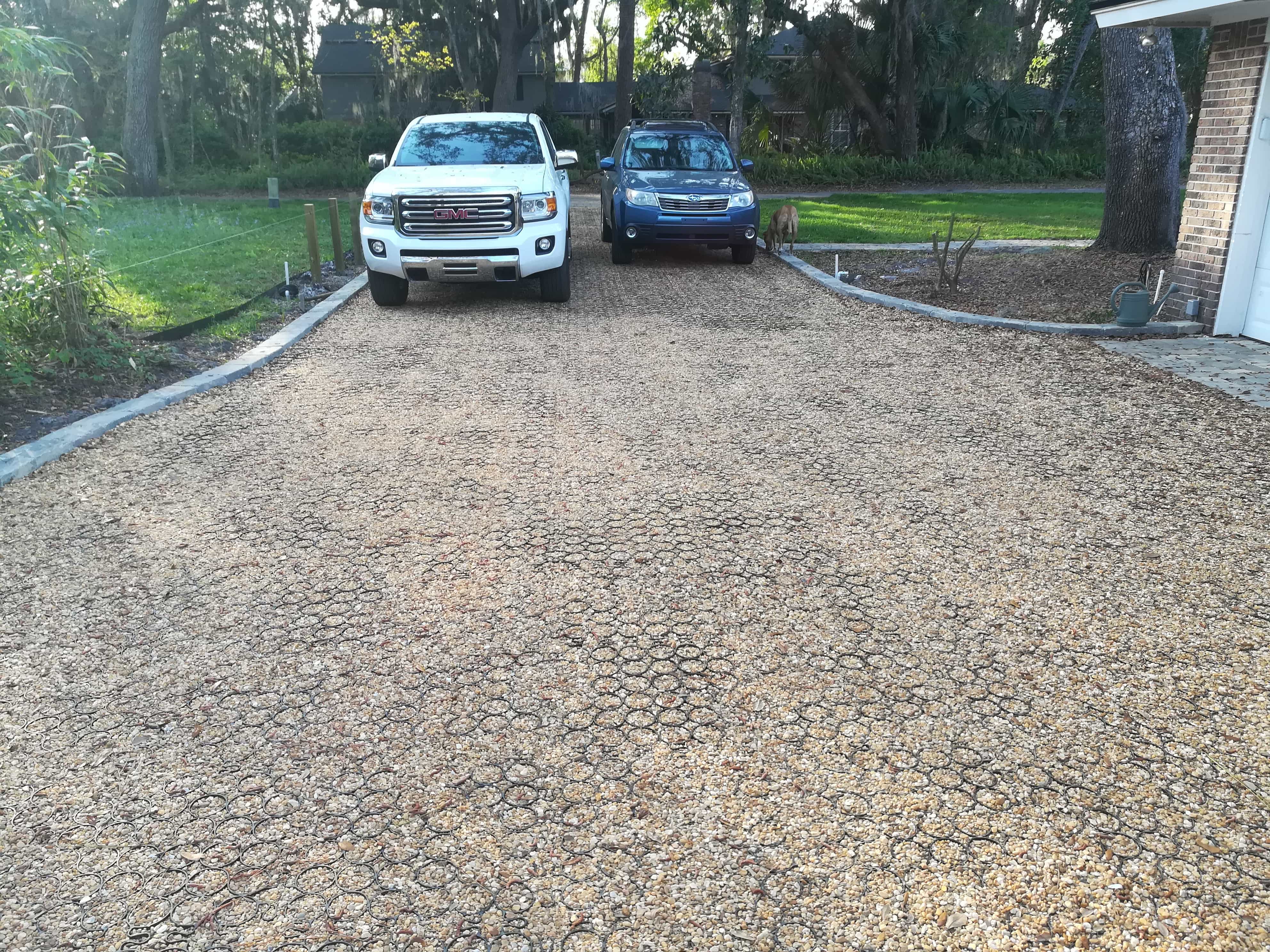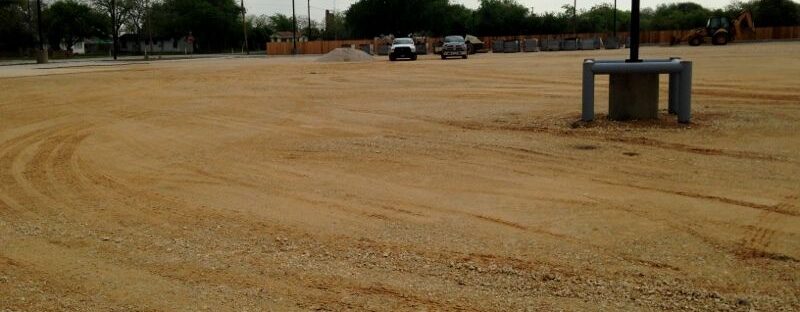Combined with the extreme rain and storm patterns we’ve seen over recent years, urban development is one of the biggest contributors to today’s heightened risks of flood damage. Development will always continue, and growth is inevitable for any healthy economy. However, the impervious concrete and asphalt layouts of the past are the same solutions that contractors most frequently use today.
Because they’re impervious, concrete and asphalt have to allow stormwater to drain through inlets into undersized city systems. Whether through quick flash flooding or sustained hurricanes, enormous amounts of stormwater are becoming more than those inlets and city systems can handle. Besides creating flood damage, the runoff is also raising pollution levels in our aquifers and waterways.
Fortunately, the same ol’, same ol’ is no longer the only solution for city construction and development. Reducing flood risks and the potential for property damage may be accomplished with one or a combination of greener solutions, such as these:
1. Stormwater wetlands
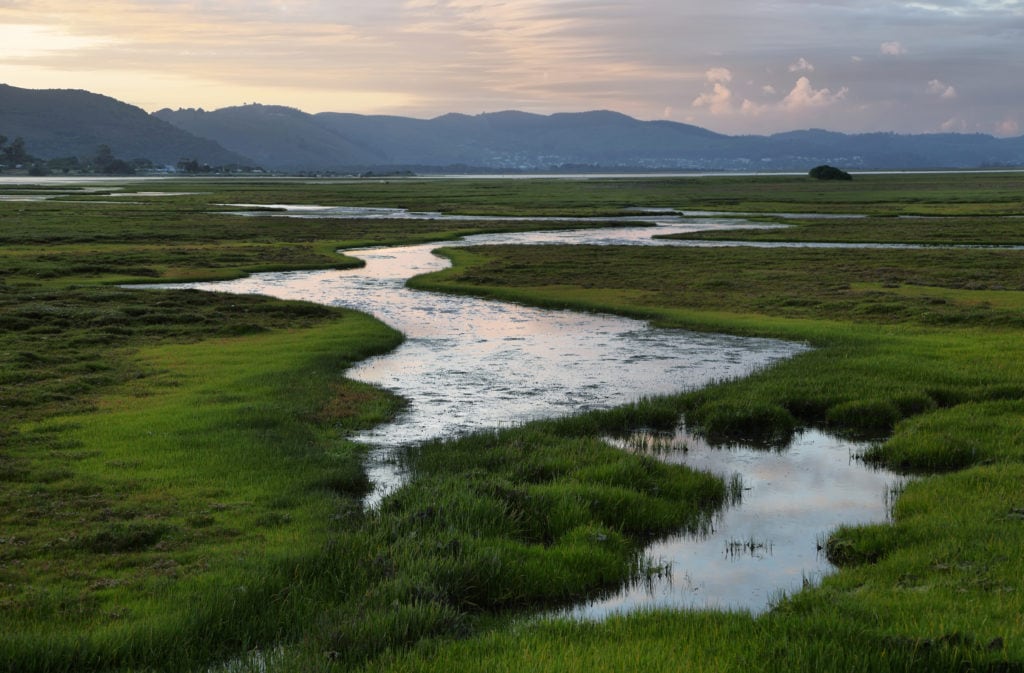
Stormwater wetlands are basins that contain water, soil or sand, and several select wetland plants. They’re designed to hold onto stormwater as it falls and then release it into the surrounding environmentally at a more controlled pace.
This helps slow down or prevent peak flows that could more quickly overwhelm the ground and make flooding worse. It also offers a more attractive solution than concrete and helps boost water quality by making it easier to remove pollutants from the runoff.
2. Bioswales and rain gardens
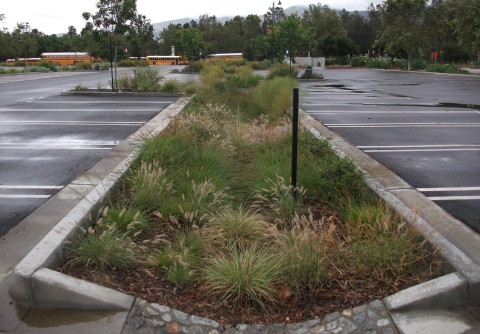
Bioswales and rain gardens also help slow the rate of stormwater runoff, but instead of wetland plants, they consist of other flood-tolerant plants. The soil that supports them creates an effective filter to help separate pollutants as the water infiltrates it.
The use of vegetation helps improve air quality in addition to the aesthetic appeal of residential and business parking lots, sidewalks, and roads. If necessary, they may also be fitted with hidden underdrains, especially in areas where soil offers lower-than-usual infiltration.
3. Green roofs
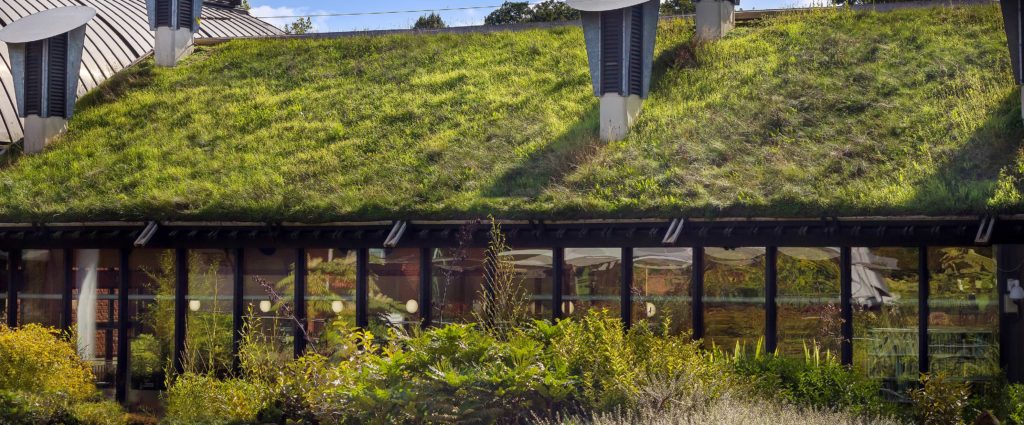
The ground isn’t the only area where accumulated stormwater is a problem. Many buildings can also take advantage of green roofs that lay at flat or slightly sloping angles and that utilize flood-resistant vegetation, filter membranes, thermal insulation, and more.
Most roofs can be converted into green roofs according to their specific weight capacities. On average, they can capture up to 70% of stormwater that falls on the roof, according to a University of Toronto study.
4. Permeable pavers

Because you need to be able to drive on your property, use permeable paving instead of impervious cover like asphalt or concrete. Permeable pavers are far better at stormwater management because water can infiltrate their surfaces through open cells, or pores, instead accumulating or quickly turning into runoff.
Permeable pavers come in several styles, including interlocking bricks, porous asphalt, plastic grids, and more. The materials are often combined with green recycled materials, such as plastics, to make them durable as well as porous.
As storms and flood risks increase, more properties will benefit from finding greener flood-proofing solutions that don’t put a greater strain on existing drainage systems. Using one or a combination of these solutions will not only flood-proof your property, but will also reduce the risks of flood damage to the homes and businesses around you.
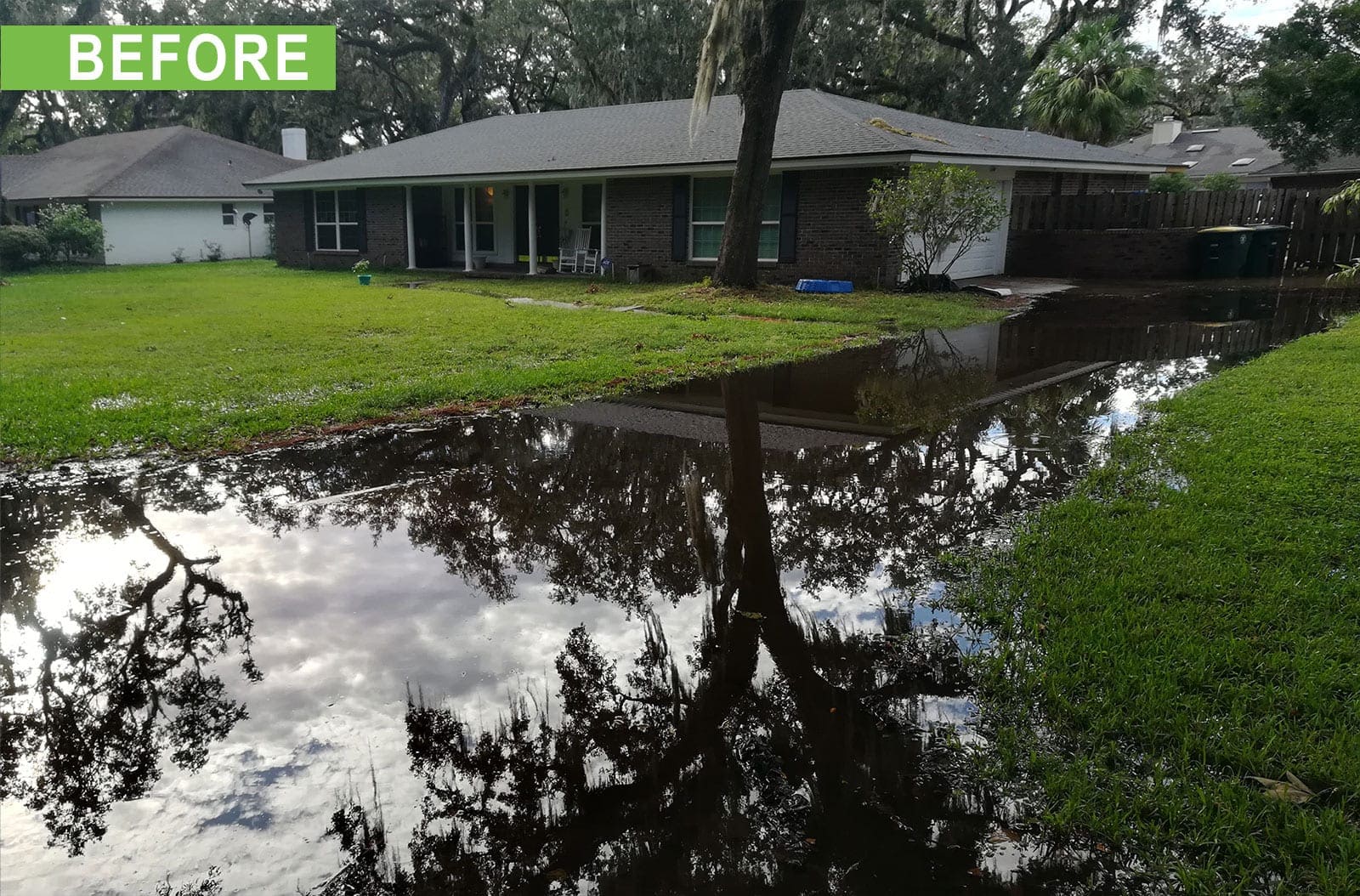
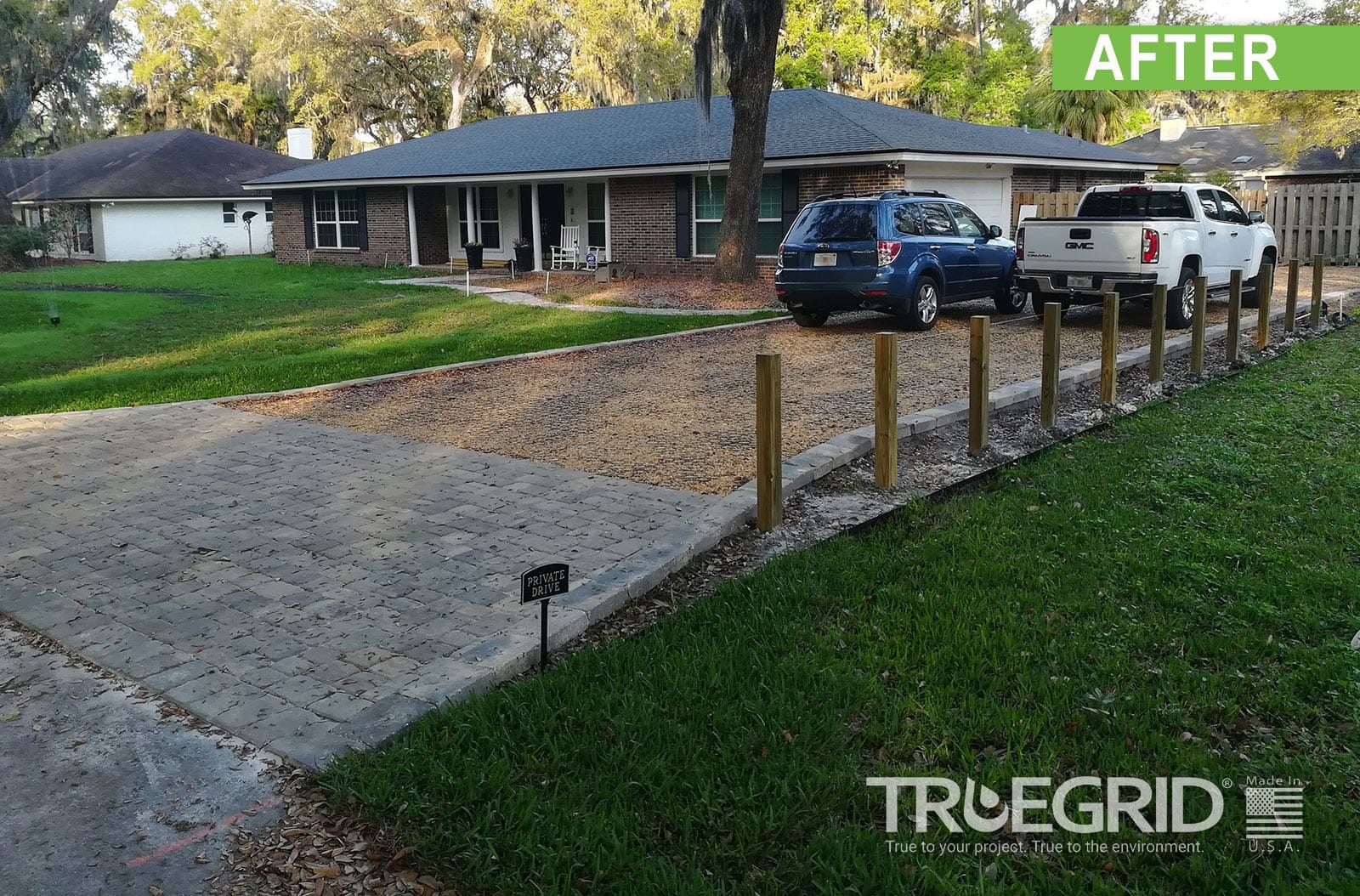
| To learn more about improving your stormwater management through permeable pavers, read our whitepaper. |
